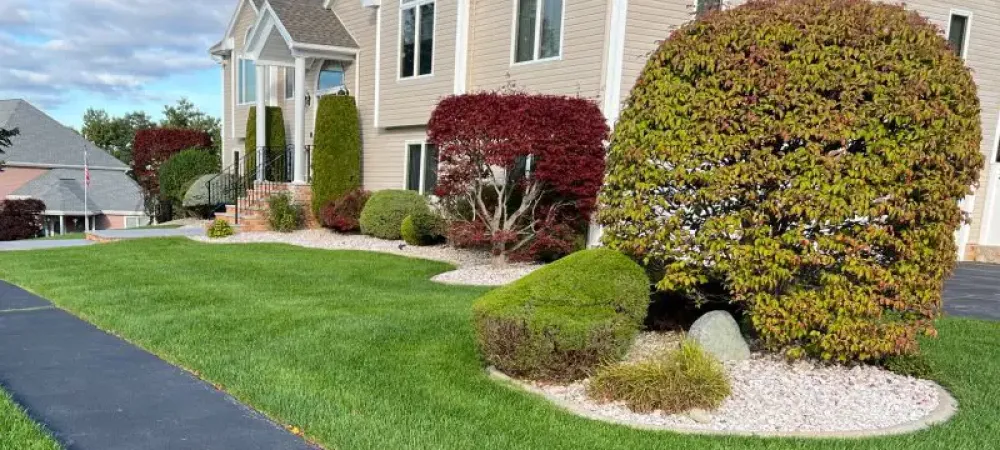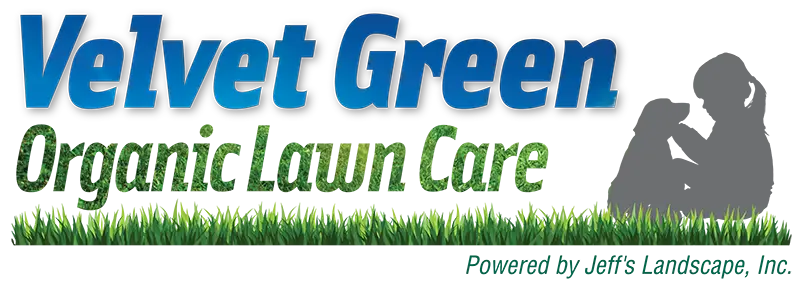Five Factors that Affect Cool Season Turf Grass Growth
Image

- Day length – Grass absorbs sunlight and carbon dioxide through its leaves to produce sugar and oxygen, a process called photosynthesis, which you may remember from science class. Grass will grow more as the sun’s rays become stronger and the days become longer.
- Temperature – Soil temperature plays a major role in the growth of grass. When soil temperatures reach 50 degrees, grass will start to come out of dormancy and grow. Between 50 and 75 degrees, cool season grasses will grow most vigorously. The root system will start pulling water, oxygen, and nutrients from the soil while the leaves of the grass will absorb sunlight and carbon dioxide*. Temperatures over 85 degrees will slow the growth of cool season grasses.
- Moisture – Adequate moisture is key to the growth of turf grass. Snow melt and spring rain provide grass with the water it needs. During the drier days of summer, deep infrequent watering will help to build a deep root system.
- Oxygen – Freezing and thawing over the winter helps introduce oxygen to the root zone of the grass. Oxygen is absorbed through the roots and helps the entire plant come out of its winter dormancy. Compacted or waterlogged soils are not conducive to healthy grass. Soils with a loose crumbly structure are best for root growth and plant development. Aeration will increase soil oxygenation**.
- Nutrients – With the proper soil conditions there are many naturally occurring nutrients available for the grassroots to absorb and grow. Many nutrients are byproducts of microorganism activity in the soil. Microorganism activity increases as the soil temperatures increase spurring the release of nutrients. Organic fertilization of the lawn adds more microorganisms to the soil and supplements the nutrients needed for the grass to grow.
While these five factors most influence grass growth in the spring, cultivating a healthy lawn requires year-round attention. Deep, infrequent watering during dry summer days builds strong roots and will keep your lawn from going dormant. Regular fertilization during the growing season will keep your lawn well fed. Aeration, overseeding, and topdressing in the fall will increase oxygenation to the root zone, help fill in thin areas for the next season, and introduce organic matter to the soil.
___________________
*Landschoot, Peter. “The Cool-Season Turfgrasses: Basic Structures, Growth and Development (Center for Turfgrass Science).” Center for Turfgrass Science (Penn State University). Penn State University, n.d. Web. 20 Mar. 2017.
**Landschoot, Peter. “The Cool-Season Turfgrasses: Basic Structures, Growth and Development (Center for Turfgrass Science).” Center for Turfgrass Science (Penn State University). Penn State University, n.d. Web. 20 Mar. 2017.
